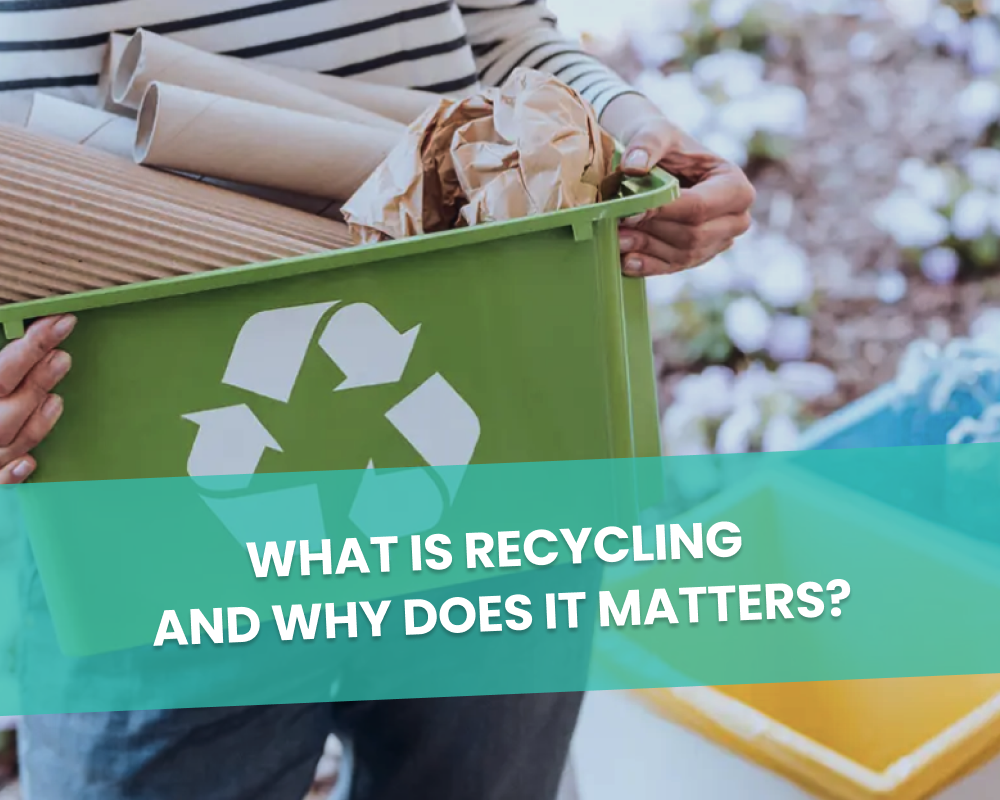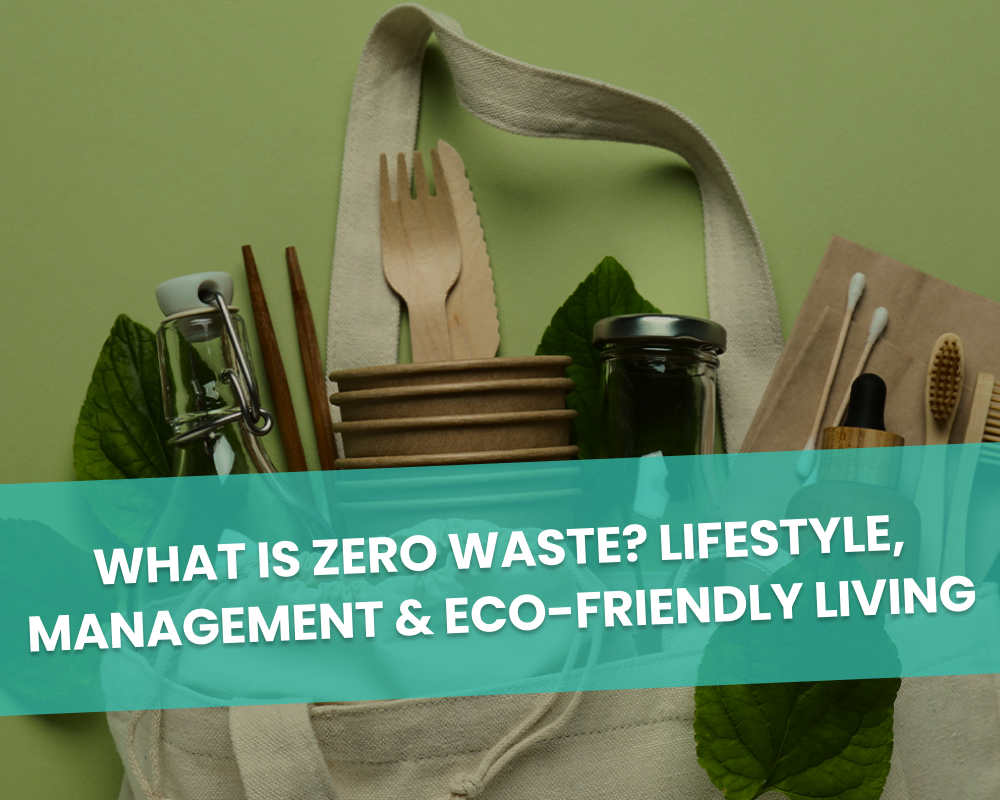Understanding the Shelf Life of Hand Sanitizer: What You Need to Know

Jessica Gonzalez
Global Chief Executive | Founder Happen Ventures
Hand sanitizer is a daily essential, but did you know that the alcohol inside it can lose its germ-fighting power if exposed to air too long?
Over time, the alcohol in hand sanitizer can evaporate, especially if the container isn’t sealed tightly.
Knowing the shelf life of hand sanitizer is vital for ensuring you & your family remain safe.
Most people don’t realize that factors like air exposure, temperature changes, and the type of container can shorten its shelf life.
For instance, storing sanitizer in a hot car can speed up its breakdown.
This article will explore these little-known details, showing you how to keep your hand sanitizer working well for as long as possible.
By understanding these hidden details, you can ensure your hand sanitizer remains a strong defense against germs.
Table of Contents
What Determines the Shelf Life of Hand Sanitizer?
The shelf life of hand sanitizer hinges on its active ingredients, primarily ethyl alcohol and isopropyl alcohol. These ingredients effectively kill germs, but their potency can degrade over time due to evaporation.
Surprisingly, even well-sealed containers can allow minimal evaporation, especially when exposed to high temperatures or sunlight.
The FDA mandates expiration dates on hand sanitizers to ensure they remain effective, this date reflects when the alcohol content may fall below 60%, the threshold for effectiveness.
Most people are unaware that storing hand sanitizers in fluctuating temperatures, such as in a car, can accelerate the degradation process.
Unlike handwashing, which removes germs physically, hand sanitizers rely solely on alcohol’s potency to kill them, making it essential to monitor the sanitizer’s shelf life closely.
Factors Affecting the Shelf Life
The longevity of hand sanitizer hinges on several factors that often go unnoticed.
- Exposure to Air: Tiny leaks in the container can allow air in, causing the alcohol to evaporate. Most people don’t realize that even a slightly loose cap can significantly reduce effectiveness over time, thus shortening the shelf life of hand sanitizer.
- Storage Conditions: Storing sanitizer in a hot place, like a car, can quickly degrade its alcohol content. Many don’t know that even cool but fluctuating temperatures can weaken its potency. Direct sunlight can also break down the alcohol, making the sanitizer less effective.
- Container Type and Seal Integrity: Some plastics allow small amounts of air to seep in, gradually lowering alcohol levels. Containers with poor seals are more prone to this issue, accelerating the loss of effectiveness and impacting the shelf life of hand sanitizer.
- Manufacturer’s Estimates: Manufacturers test how long it takes for the alcohol content to drop below 90% of its labeled strength. They account for typical storage conditions, but real-world variables can affect this. Many are unaware that these expiration dates are often conservative to ensure safety and extend the shelf life of hand sanitizer.
Keeping in mind these overlooked factors, you can better maintain your hand sanitizer’s effectiveness, ensuring it remains a reliable tool in your hygiene routine.
How to Properly Store Hand Sanitizer
Proper storage of hand sanitizer is crucial to maintaining its effectiveness.
Here’s how to ensure it stays potent.
Ideal Storage Conditions
Proper storage can significantly extend the shelf life of your hand sanitizer.
- Store hand sanitizer in a cool, dry area. Excessive heat or moisture can degrade its alcohol content.
If you have a hand sanitizer with a sprayer, make sure it points downwards and isn’t spraying directly onto the bottle. Doing this can cause the alcohol to evaporate faster and reduce the shelf life of hand sanitizer.
- Sunlight can break down the alcohol, making the sanitizer less effective.
To avoid this, store your sanitizer in a dark area away from direct sunlight. For example, keeping it in your purse or a drawer would be ideal.
- Avoid places with temperature fluctuations. A cupboard or drawer away from heat sources is ideal.
Temperature fluctuations can speed up the alcohol’s evaporation rate, reducing its potency and the shelf life of hand sanitizer.
Maintain Potency
Ensuring the sanitizer remains sealed is key to retaining its germ-fighting power.
- Always keep the cap tightly closed. Even minor exposure to air can cause the alcohol to evaporate over time.
- Opt for containers designed to minimize air exposure. Tight seals and sturdy materials help keep the sanitizer potent.
- Ensure the container’s seal is intact to prevent any slow leakage of air.
Keeping in mind the potency factor, let’s say you have a sanitizer with 70% alcohol content, and due to some unseen air exposure, it may drop to 65%. It’s still effective but not as strong as before.
Another factor is the alcohol content in hand sanitizer varies due to temperature and storage conditions itself. The 70% label on your bottle might not be as accurate over time especially if it’s stored at high temperatures.
Avoid Common Mistakes
Avoid these common pitfalls to ensure your hand sanitizer stays effective.
- Don’t leave hand sanitizer in your car, especially during hot or cold weather. Extreme temperatures can significantly reduce its effectiveness.
- Avoid storing it in bathrooms or other humid places where moisture can seep in and dilute the alcohol content.
- Transferring hand sanitizer to different containers can expose it to air and reduce its effectiveness & shelf life of hand sanitizer.
Maximizing the Effectiveness of Hand Sanitizer
To ensure your hand sanitizer works effectively, follow these steps:
- Correct Usage: Use a dime-sized amount, rub hands together covering all surfaces, and continue until dry as recommended by the CDC. You can find more details on proper hand sanitizer use on the CDC’s website.
- Most Effective Situations: Use hand sanitizer when soap and water aren’t available, such as in public places or after touching shared surfaces.
- Alternative Methods: If hands are visibly dirty or greasy, wash with soap and water instead. Handwashing is better for removing harmful chemicals and certain germs that sanitizer might not eliminate.
Signs Your Hand Sanitizer Has Expired
Expired hand sanitizers may not protect you as effectively, and recognizing the signs can help maintain your hygiene.
Visual and functional changes are key indicators of expiration. If your hand sanitizer becomes sticky, watery, or develops an off-putting odor, it’s likely past its prime.
A less-known sign is separation of ingredients, where the solution appears layered or inconsistent. This can mean the alcohol has evaporated, leaving the remaining ingredients less effective.
Knowing expiration dates & lot numbers is crucial. Each hand sanitizer bottle has an expiration date mandated by the FDA, reflecting the period during which the product maintains its effectiveness.
The lot number can provide insights into the manufacturing batch, which is useful if there are recalls or quality issues.
It’s important to know that these dates are based on optimal storage conditions, storing sanitizer in fluctuating temperatures can cause it to expire sooner than labeled.
For more detailed information on FDA regulations regarding expiration dates, you can refer to the Electronic Code of Federal Regulations.
When dealing with expired hand sanitizer, it’s essential not to use it.
Many people don’t realize that expired sanitizer should be disposed of properly due to its alcohol content, which can be flammable.
Follow local disposal guidelines, which often include treating it as hazardous waste. Always keep a fresh supply on hand to ensure your sanitizer remains effective in protecting against germs.
Proper Disposal of Hand Sanitizer
Improper disposal of hand sanitizer can harm the environment by contaminating water and soil. Happen Ventures offers a beneficial reuse solution, collecting expired or unused sanitizer & redirecting it to communities in need.
Over 200 companies have adopted this method, saving up to 50% on disposal costs. This not only reduces environmental impact but also enhances companies’ ESG scores by demonstrating a commitment to sustainability.
The Bottom Line
Knowing the shelf life of hand sanitizer is crucial for maintaining its effectiveness. Proper storage conditions, recognizing signs of expiration, and using fresh sanitizer are key to ensuring optimal hygiene and safety.
By storing your sanitizer in a cool, dry place and keeping containers tightly sealed, you can extend its shelf life.
In the same way, expired or unused sanitizers can still serve a constructive purpose through beneficial reuse. Instead of contributing to landfill waste or improper disposal, these sanitizers can be collected and repurposed.
If your sanitizer shows signs of expiration, such as changes in texture or smell, it’s time to replace it.
Following these tips helps ensure you stay protected and maintain effective germ-fighting power.












